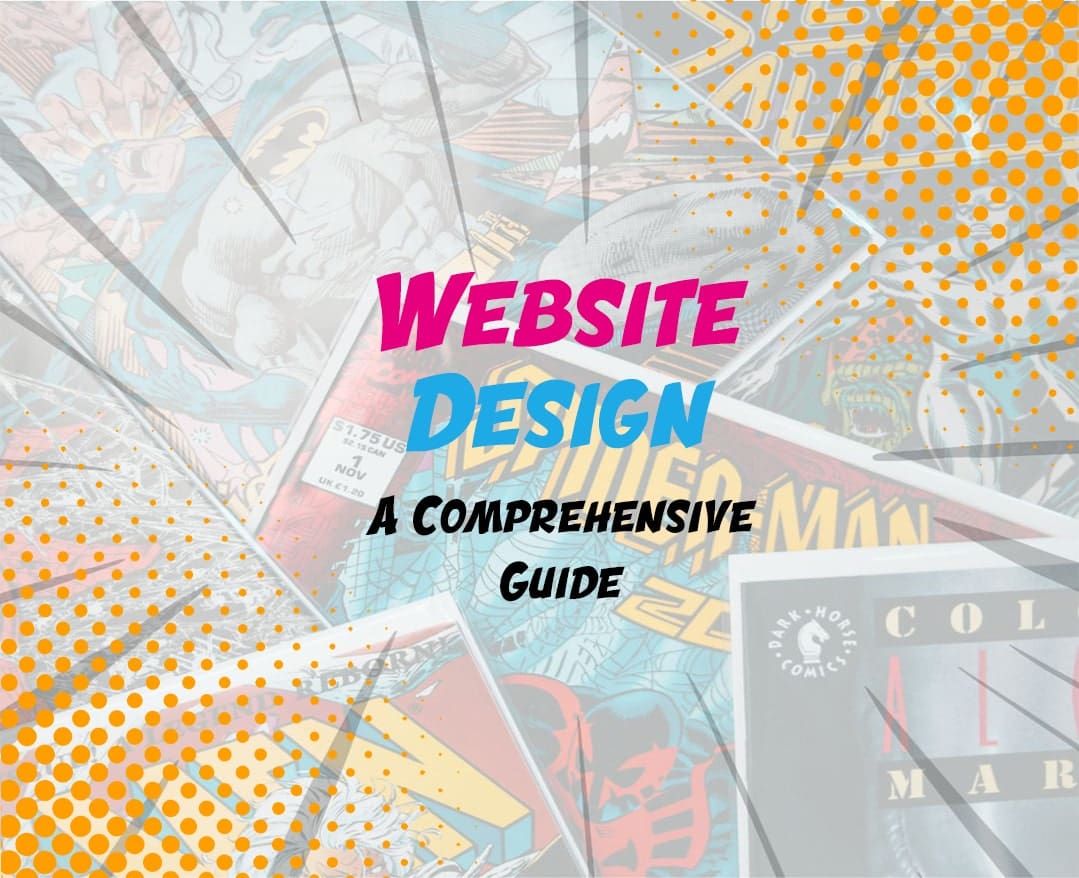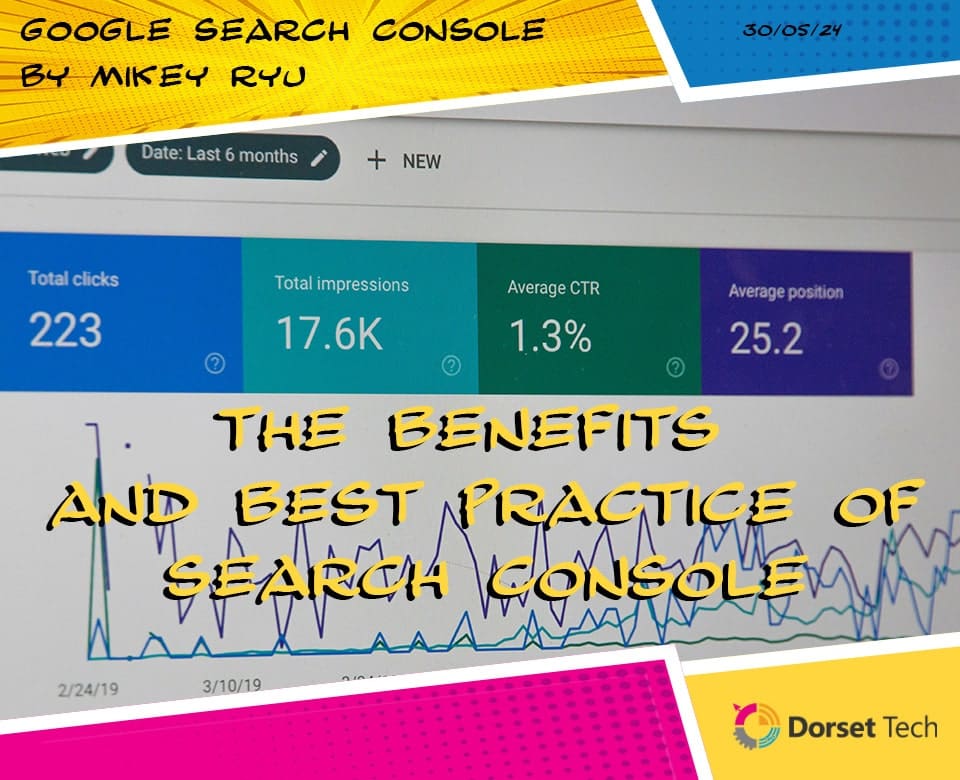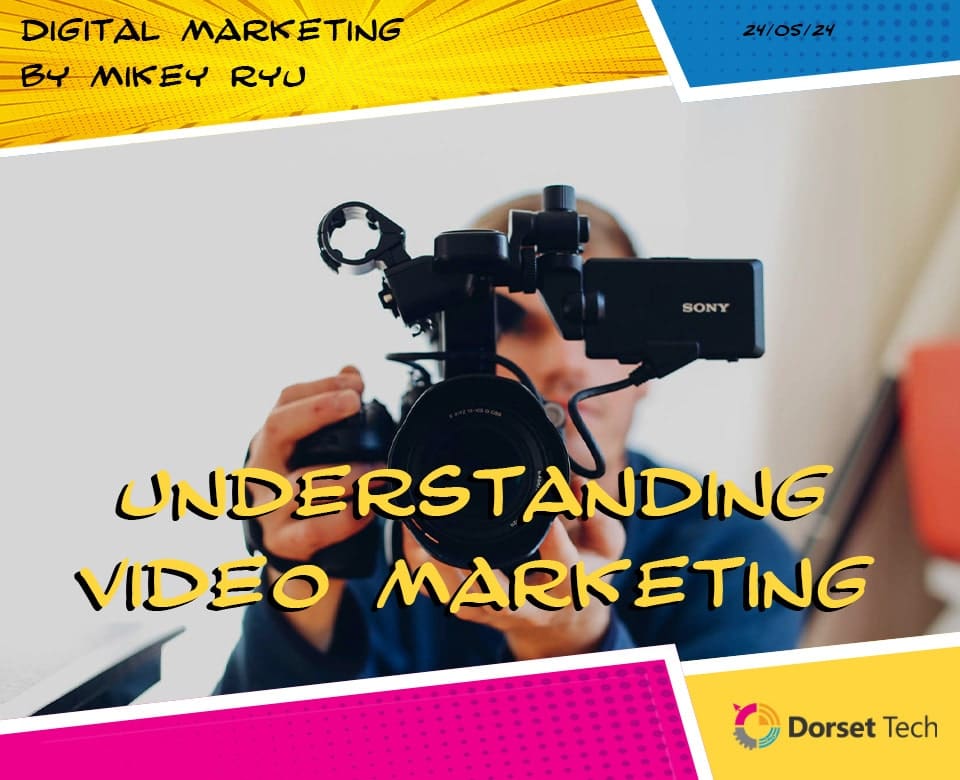
A Comprehensive Guide to Web Design
In today’s digital age, a well-designed website is crucial for establishing an online presence and engaging with audiences effectively. Whether you’re a business owner, a freelancer, or someone simply passionate about creating a web presence, understanding the fundamentals of web design is essential. This comprehensive guide aims to provide you with insights, tips, and best practices to navigate the exciting world of web design.
Table of Contents:
- Understanding the Basics
- User Experience (UX) Design
- Visual Elements
- Advanced Techniques
- Testing and Optimisation
Understanding the Basics:
Responsive Design: Embracing the Multiscreen Era
In an era dominated by smartphones, tablets, and an array of devices, responsive design stands as a cornerstone of effective web development. This approach ensures that your website seamlessly adapts to various screen sizes, providing users with an optimal viewing experience. A responsive design not only caters to the diversity of devices but also enhances user engagement and satisfaction.
Layout and Grids: Building the Foundation
The layout serves as the canvas upon which your website comes to life. Employing grids is a powerful technique to organize content, fostering a visually appealing and easily navigable structure. Grids provide a systematic framework that maintains consistency and balance throughout the site, contributing to a polished and professional appearance.
Colour Theory: The Palette of Emotion
Colours are more than just visual elements; they evoke emotions and convey messages. Understanding colour theory is imperative for creating a visually compelling and harmonious website. When selecting colour schemes, consider your brand identity and target audience. A well-thought-out colour palette enhances the overall aesthetic and influences how users perceive and interact with your content.
Typography: Crafting a Visual Hierarchy
The fonts you choose play a crucial role in defining your brand’s personality and enhancing readability. Establishing a hierarchy with font sizes and styles guides users through your content, emphasizing key messages and maintaining a coherent structure. Consistency in typography not only contributes to a polished appearance but also reinforces a professional image for your brand.
User Experience (UX) Design:
Intuitive Navigation:
At the core of a positive user experience lies intuitive navigation. Users should effortlessly glide through your website, finding the information they seek without frustration. Employ clear and concise menus that logically organize content. A well-structured navigation system enhances usability, leaving visitors with a sense of ease and satisfaction.
User Flow Optimisation:
Understanding how users will navigate your site is essential. Design a logical flow that guides them seamlessly from the homepage to crucial pages and conversion points. Streamline the user journey to minimise friction, ensuring that every step serves a purpose. By simplifying the path, you enhance engagement and increase the likelihood of conversions.
Load Time Optimisation:
In the fast-paced digital landscape, slow-loading websites can be a deterrent. Users expect quick access to information, and a speedy website is crucial for retaining their interest. Optimise images, employ efficient coding practices and leverage content delivery networks (CDNs) to ensure swift page loading. A fast website not only keeps users engaged but also positively influences search engine rankings.
Interactive Elements:
Elevate user engagement by incorporating interactive elements into your design. Buttons, forms, and multimedia not only add a modern flair to your website but also create a dynamic user experience. Ensure that these elements are well-designed, seamlessly integrated, and contribute to the overall narrative of your site. Interactive features not only capture attention but also encourage users to explore and interact with your content.
Visual Elements:
Images and Graphics:
High-quality images and graphics serve as the cornerstone of a visually striking website. They not only enhance the aesthetic appeal but also contribute to a more engaging user experience. To ensure optimal performance, it’s crucial to optimize images for web use, striking a balance between quality and load times. Select visuals that not only align with your brand but also resonate with your target audience. A well-curated gallery of images can create a lasting impression and elevate the overall visual identity of your site.
Videos:
Incorporating videos into your website can be a game-changer. From captivating introductory videos on your homepage to detailed product demonstrations, well-produced videos have the power to convey information dynamically and compellingly. In an era where attention spans are shorter than ever, videos offer a powerful tool to capture and retain the interest of your visitors. Make sure your videos are not just informative but also align with your brand messaging, creating a seamless and immersive experience.
Icons and Illustrations:
Icons and illustrations are the unsung heroes of web design, injecting personality and charm into your site. Consistent iconography contributes to a cohesive design, guiding users through a seamless navigation experience. Custom illustrations, on the other hand, can be a creative solution for conveying complex ideas in a visually appealing manner. Whether it’s a whimsical illustration or a set of carefully designed icons, these elements contribute to the overall aesthetics of your website and help communicate your brand story.
Advanced Techniques:
HTML and CSS Mastery:
A solid foundation in HTML and CSS is the cornerstone of web development. Ensure you have a comprehensive understanding of these languages, from the basics to advanced concepts. Beyond the fundamentals, explore advanced techniques to customise your website and cater to specific design requirements. This mastery empowers you to create visually stunning and highly functional websites that captivate your audience.
Elevating User Experience with Web Animation:
Bring your website to life with the magic of animations. Subtle and tasteful animations can add flair and create a more immersive user experience. Dive into the world of CSS animations and explore JavaScript libraries that enable you to incorporate dynamic elements without compromising performance. From smooth transitions to interactive elements, mastering web animation enhances the engagement and allure of your website.
Mobile-First Design Philosophy:
In an era dominated by mobile devices, adopting a mobile-first design approach is not just advisable; it’s a necessity. Start your design process by focusing on smaller screens and progressively enhancing the layout for larger devices. This strategic approach ensures a seamless and responsive user experience across all devices. By prioritizing mobile users, you not only meet the demands of today’s digital landscape but also future-proof your website for evolving technologies.
Testing and Optimisation:
Cross-Browser Compatibility:
One of the fundamental aspects of website testing is cross-browser compatibility. The internet is accessed through a multitude of browsers, each with its unique rendering engine and quirks. Testing your website across various browsers such as Chrome, Firefox, Safari, and Edge ensures a consistent user experience for everyone, regardless of their browser preferences.
Cross-browser compatibility testing helps identify and rectify issues that may arise on specific platforms, preventing potential frustration for users. Whether someone is browsing on a desktop computer, a tablet, or a smartphone, your website should adapt seamlessly to different environments, and thorough testing is the key to achieving this universal compatibility.
A/B Testing:
In the quest for an optimal website, A/B testing emerges as a powerful tool. This method involves experimenting with different design elements, layouts, or even content variations to discern what resonates most with your audience. By presenting two or more versions of a webpage to users randomly, A/B testing allows you to analyse user behaviour and preferences in a controlled environment.
Through this data-driven approach, you can make informed decisions about your website’s design and functionality. This iterative process enables you to continually refine and enhance your site, delivering an improved user experience and maximising performance based on real user interactions.
SEO Best Practices: Navigating the Digital Ecosystem
No discussion about website optimisation is complete without addressing the importance of Search Engine Optimisation (SEO). Implementing SEO best practices is crucial for enhancing your website’s visibility on search engines, driving organic traffic, and ultimately increasing your online presence.
Optimise meta tags, use descriptive URLs, and craft high-quality, relevant content that aligns with the intent of your users. By adhering to SEO guidelines, your website becomes more discoverable by search engines, ensuring that potential visitors find your content easily.
Conclusion
Web design is a dynamic field that continues to evolve with technology and design trends. By mastering the fundamentals and staying updated on industry developments, you can create websites that not only look great but also provide exceptional user experiences. Whether you’re a novice or an experienced designer, this comprehensive guide should serve as a valuable resource on your journey to mastering the art of web design.























